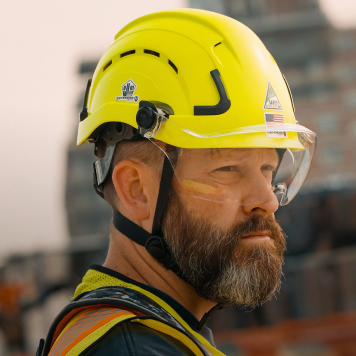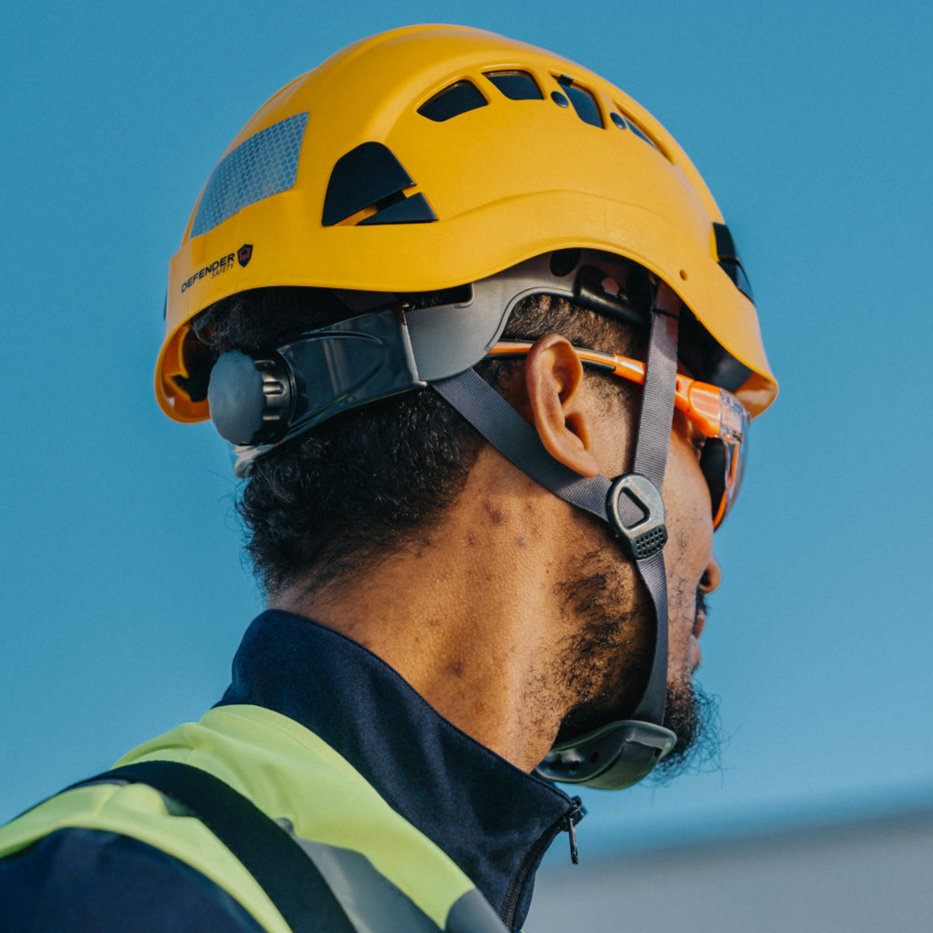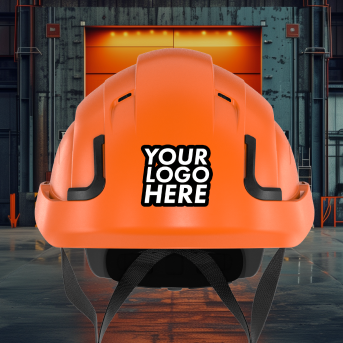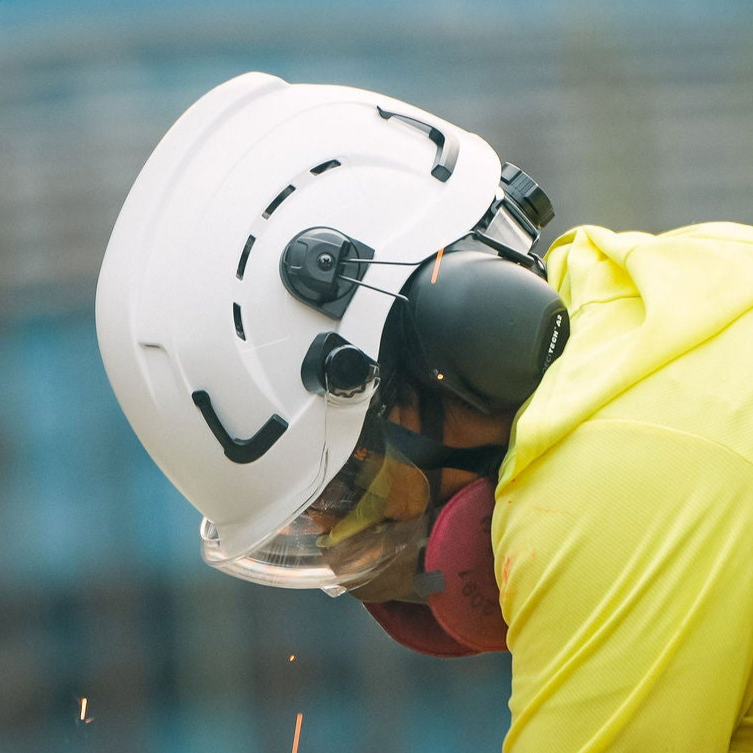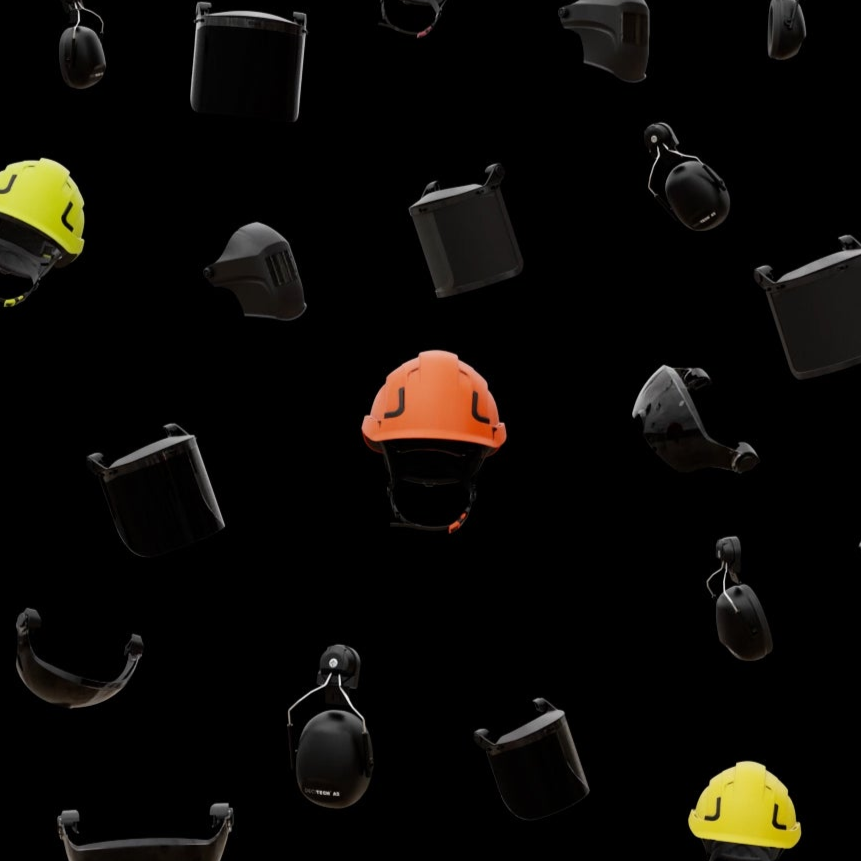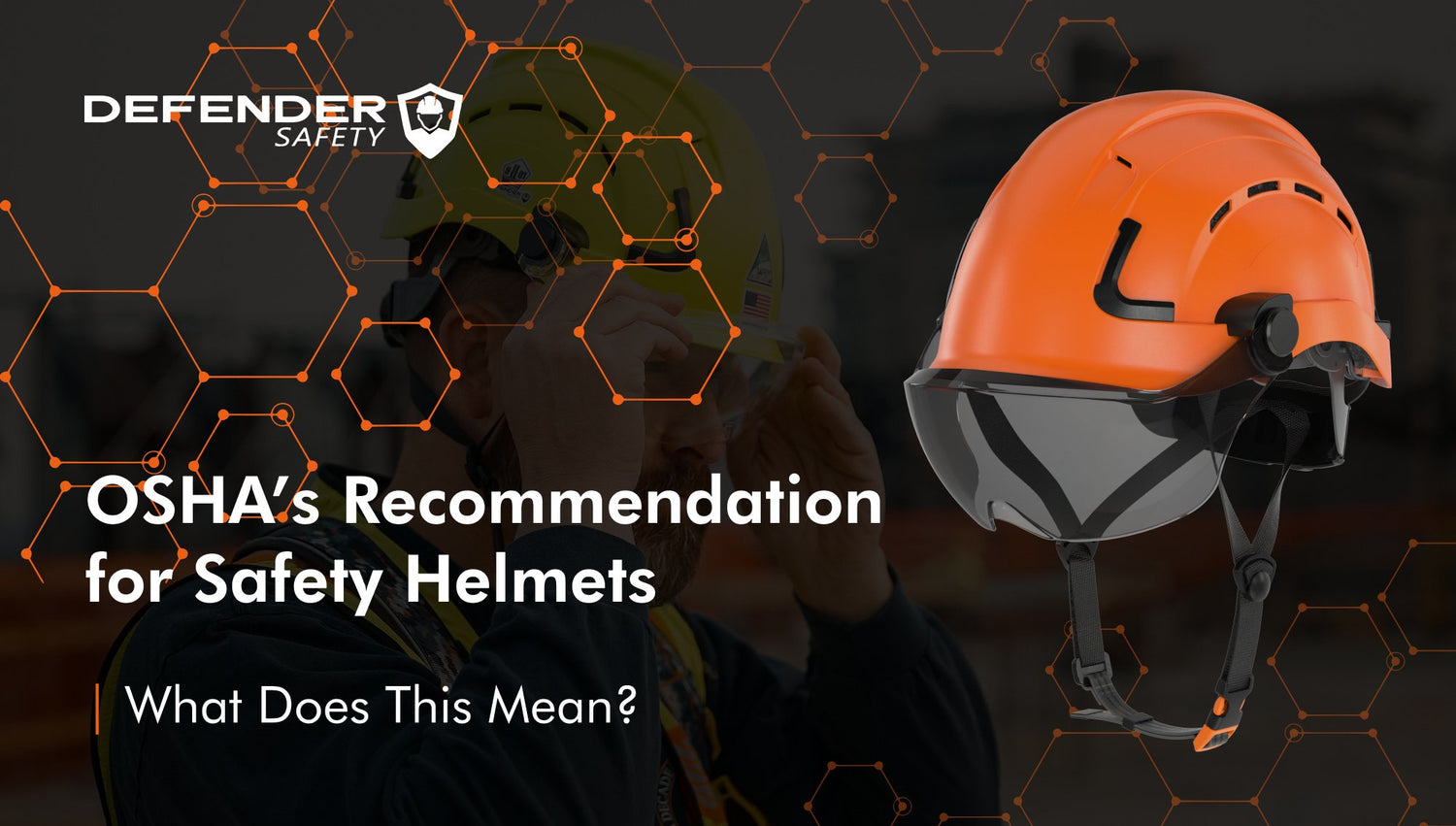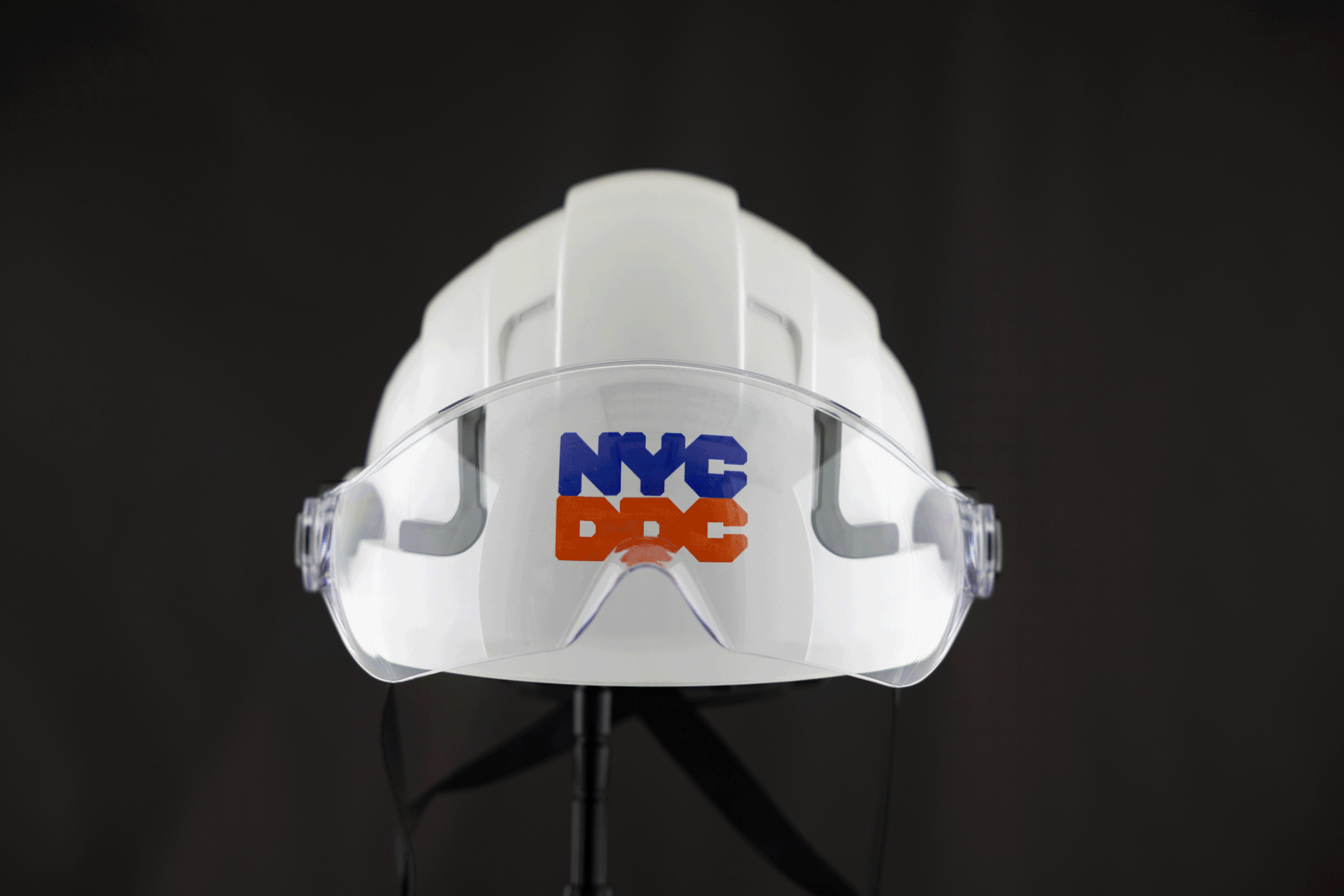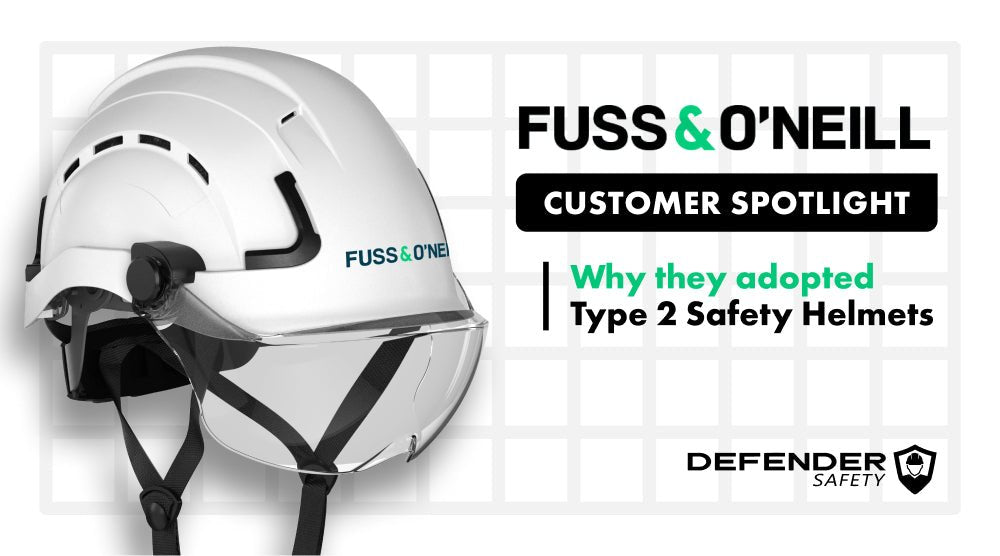INTRODUCTION
On December 11th 2023, OSHA released a bulletin letter outlining their preference for safety helmets over traditional hard hats in high risk environments. This recommendation may represent a significant shift in the future of worker’s safety. As technology advances in improving user safety, OSHA’s view is that it’s time to highlight those progress to further improve worker safety. In this blog post, we will delve into the details of OSHA's stance and why. We will explore OSHA’s view of the differences between safety helmets and hard hats while offering our opinion on what this may mean for the future of head protection.
OSHA’S VIEW ON SAFETY HELMETS AND HARDHATS
The role of headgear in workers safety cannot be understated. In the article, OSHA recognizes that in the last few decades there have been significant advancements made in safety helmets. Traditional hard hats have been the standard for head protection for decades but its limitations in terms of materials and design were slowly being acknowledged in the last few years. The lack of side protection, increased chance of neck strain, and its bulky design were a few pain points that were highlighted in the article. Safety helmets, on the other hand, provided solutions to those problems through the use of advanced materials and additional features such as chin straps, face shields, and dedicated accessory attachments. Hardhats can still be effective for low risk environments, but for high risk situations such as construction, gas, and electric industries, OSHA recommends safety helmets as the preferred head protection.

HARDHATS VS SAFETY HELMET | What’s the difference?
Before making the full jump to safety helmets, it is important to understand the differences between the two for comprehending OSHA's recommendation. While both serve to protect workers' heads, safety helmets offer a more comprehensive level of protection. Unlike hard hats, safety helmets are equipped with additional features such as chin straps, impact-absorbing materials, and adjustable suspension systems. These advancements provide enhanced protection against falling objects, electrical hazards, and side impacts. Conversely, traditional hard hats, though widely used, may fall short in mitigating certain risks due to their limited design. While hard hats are effective against top impacts, they lack the versatility and comprehensive protection offered by safety helmets.
Moreover, the benefits and drawbacks of each option should be carefully considered. Safety helmets, with their advanced features, provide superior protection in high-risk environments such as construction sites, industrial facilities, and utility maintenance. However, they may come with a higher initial cost and require regular maintenance. On the other hand, hard hats, while more cost-effective and familiar to many workers, may not offer adequate protection in certain situations, leaving workers vulnerable to serious injuries.

OUR THOUGHTS
Prior to this letter, there was already a noticeable trend towards the adoption of safety helmets as the standard head protection equipment. OSHA's recommendation further solidifies this shift, emphasizing the importance of prioritizing worker safety above all else. By embracing safety helmets, employers demonstrate their commitment to providing a safe working environment for their employees. Moreover, investing in advanced head protection not only reduces the risk of injuries but also enhances productivity and morale among workers.
In conclusion, OSHA's preference for safety helmets over traditional hard hats reflects a progressive approach to workplace safety. It is key to know the differences between safety helmets and hard hats is crucial for making informed decisions regarding head protection. As safety helmets continue to emerge as the preferred choice, we believe that embracing this evolution will not just be a recommendation, but eventually a regulatory requirement. Working on the job site is tough, and we believe it is our moral imperative to safeguard the well-being of workers. By prioritizing safety, we can pave the way for a safer and more resilient workforce.
For more about safety helmets please click here.
Or to dive deeper on understanding the different safety standards for head safety, click here


